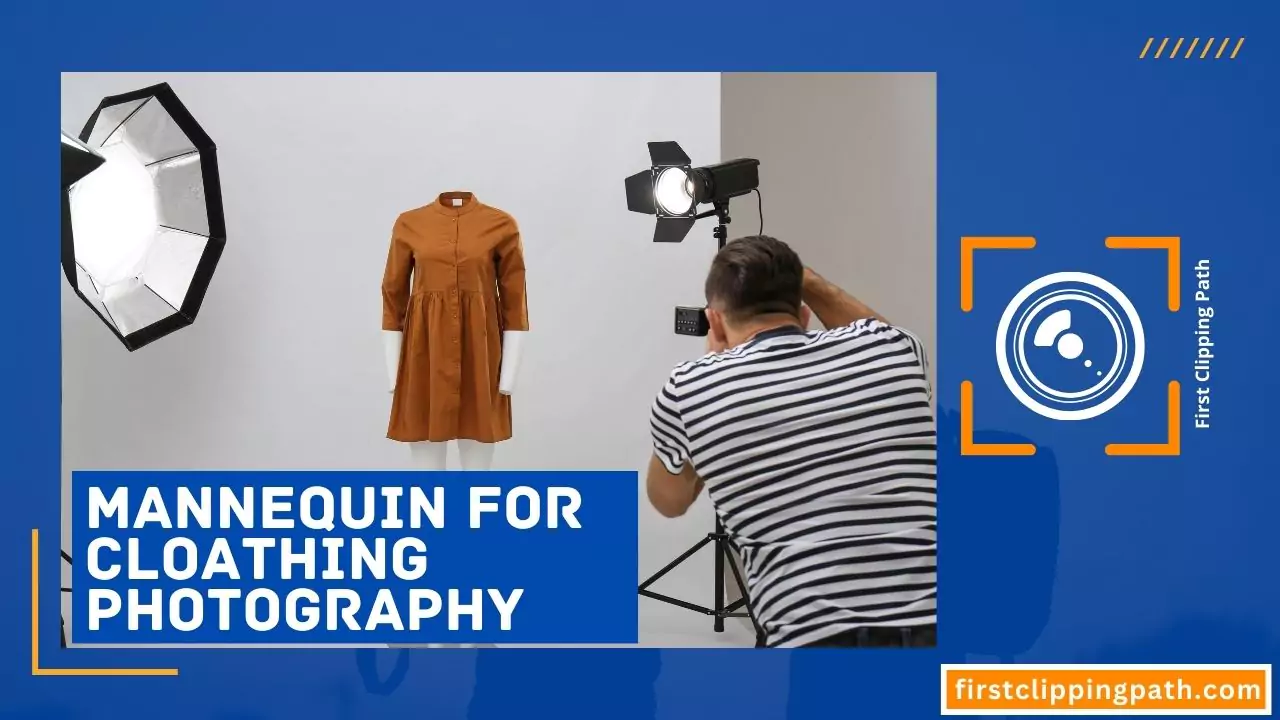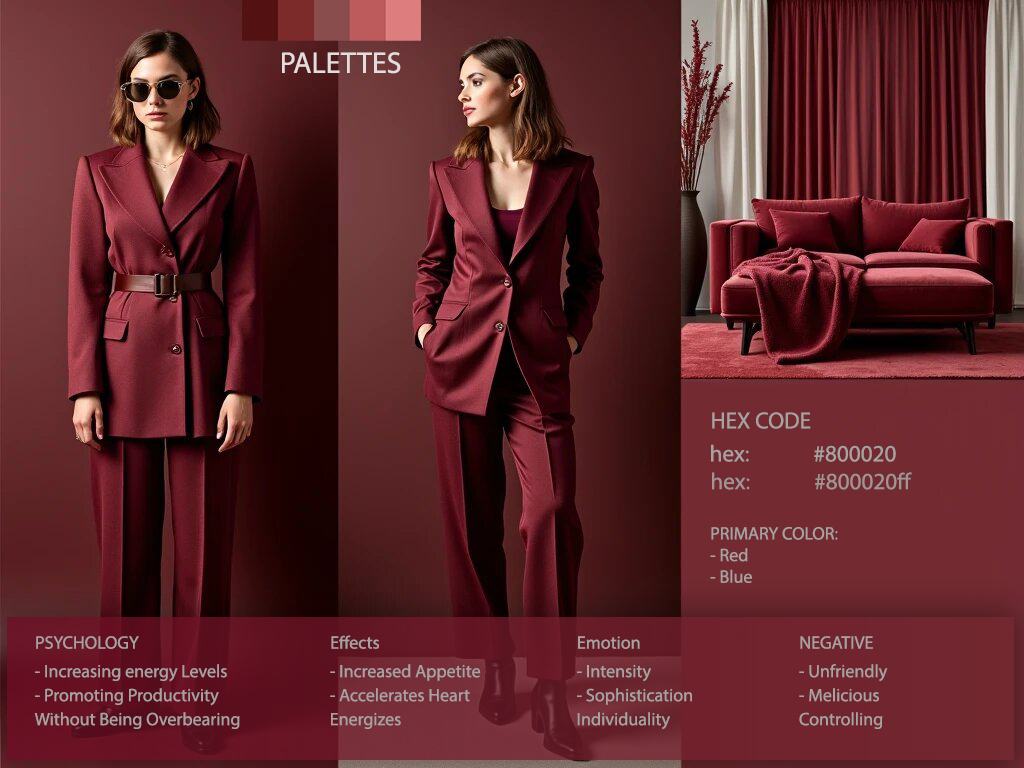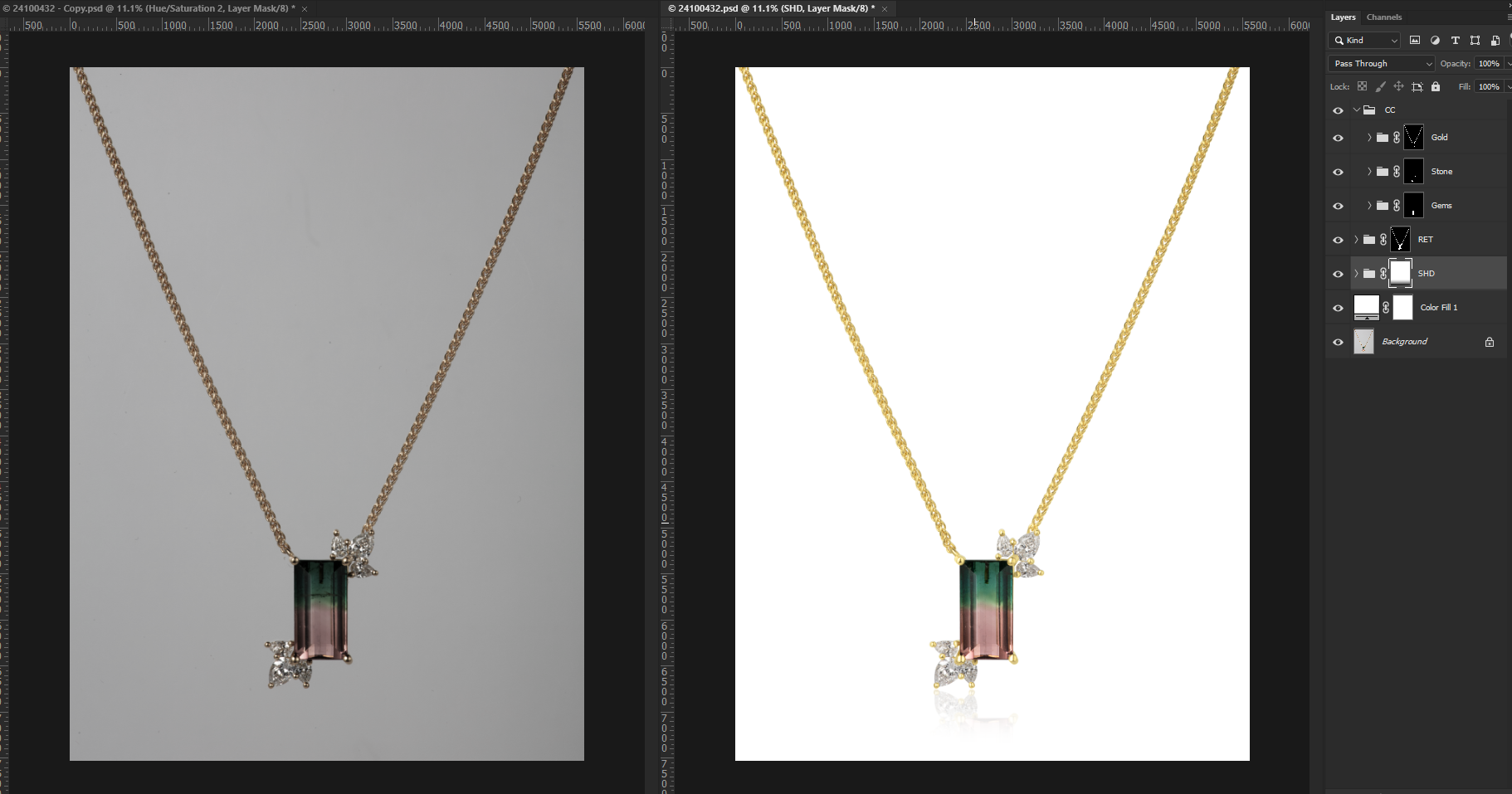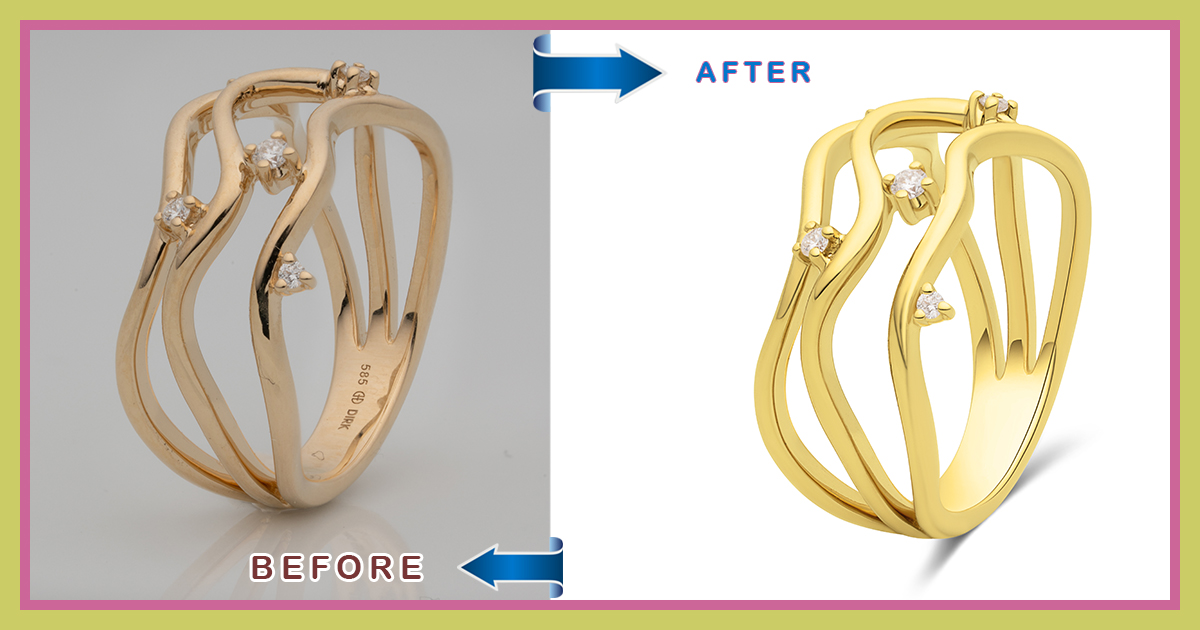The best mannequin for clothing photography is one with a realistic, human-like pose and adjustable features. This type of mannequin allows for versatility and creativity in showcasing clothing items.
It provides the most accurate representation of how the clothes would look on a person, enhancing the overall visual appeal of the photographs. Clothing photography requires careful attention to detail and capturing the right angles, dimensions, and fit of the garments.
Using a mannequin that closely resembles a human figure helps to achieve this. When selecting a mannequin for clothing photography, it is important to consider factors such as pose, size, and the ability to adjust the mannequin’s limbs and body shape. This allows for different poses and the option to adjust the mannequin to fit various clothing sizes. By choosing a mannequin that meets these criteria, photographers can enhance the visual appeal of their clothing photographs, ultimately improving the overall presentation and conversion rates of their online stores or fashion brands.
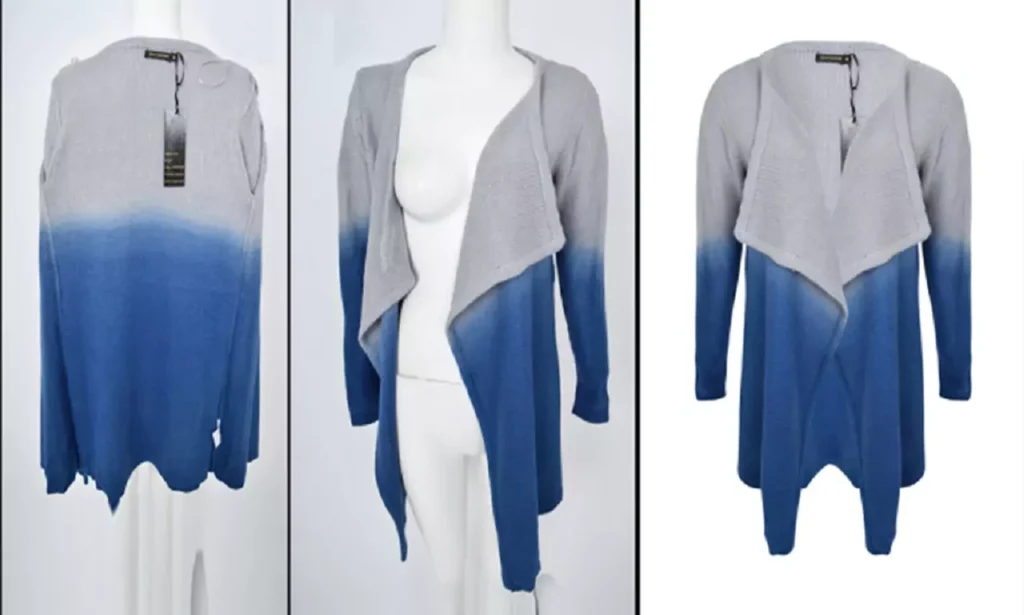
Why Choosing The Right Mannequin Is Crucial For Clothing Photography
Choosing the right mannequin is crucial for clothing photography, as it can greatly impact the quality and appeal of your images. In this section, we will explore the importance of showcasing clothing in the best light, how mannequins can help create a realistic and appealing look, and the impact of using an improper mannequin on photography quality.
So, let’s dive in.
Importance Of Showcasing Clothing In The Best Light
- Creating visually appealing images of your clothing is essential to attract customers and make sales.
- Properly showcasing clothing helps potential buyers envision themselves wearing the garments.
- High-quality images can significantly impact the perceived value of your products.
- Well-lit, clear images make it easier for customers to see details, textures, and colors accurately.
How Mannequins Can Help Create A Realistic And Appealing Look
- Mannequins provide structure and form to your clothing, making it easier to capture its true shape and fit.
- Using mannequins allows you to display garments in a three-dimensional way, providing a more realistic representation.
- With mannequins, you can showcase the flow and drape of fabrics, helping customers understand how the clothing will look and feel when worn.
- Using mannequins can give your images a professional touch, enhancing the overall aesthetic appeal of your products.
Impact Of Using An Improper Mannequin On Photography Quality
- Using a mannequin that does not accurately represent the size and shape of your clothing can mislead customers.
- Ill-fitting mannequins can distort the shape and proportions of garments, making them appear unattractive or ill-fitting.
- An improper mannequin can make it difficult to capture the true essence of your clothing, resulting in images that do not accurately reflect the style or design.
- Inaccurate representation can lead to customer dissatisfaction and potentially result in returns or negative reviews.
By understanding the importance of showcasing clothing in the best light, utilizing mannequins to create a realistic and appealing look, and being aware of the impact of using an improper mannequin on photography quality, you can elevate your clothing photography and attract potential buyers with captivating images.
Remember, investing in the right mannequin can make all the difference in presenting your clothing in the most appealing and accurate way possible.
Factors To Consider When Selecting A Mannequin For Clothing Photography
Material: Evaluating The Different Materials Available For Mannequins
When it comes to selecting a mannequin for clothing photography, one of the most crucial factors to consider is the material of the mannequin itself. The material will not only affect the overall appearance of the clothing but also influence the ease of styling and the final visual impact of the images.
Here are some key points to keep in mind when evaluating the different materials available:
- Fibreglass: Fiberglass mannequins are a popular choice among photographers due to their durability and realistic appearance. They can be easily styled and adjusted to achieve various poses and angles, making them a versatile option for clothing photography.
- Foam: Foam mannequins are lightweight and easy to manoeuvre, making them ideal for photographers who need to frequently change poses and angles. Nevertheless, fibreglass mannequins tend to offer a higher degree of realism compared to their counterparts.
- Plastic: Plastic mannequins are budget-friendly and widely accessible. While they may not offer the same level of realism as fibreglass or foam, they can still be an effective option for photographing certain types of clothing.
- Wood: Wood mannequins provide a unique and vintage aesthetic that can enhance the overall appeal of certain clothing styles. However, they may not be as adjustable or versatile as other materials.
- Metal: Metal mannequins are less common but can offer a contemporary and industrial look. They are generally sturdy and durable, allowing for stability during photo shoots.
When selecting the material for your clothing and determining the desired aesthetic for your photography, it is crucial to carefully assess the advantages and disadvantages of each option. Each material possesses its own unique strengths and weaknesses, so it is important to choose the one that best suits your specific needs and preferences.
Size: Choosing The Right Size Based On The Target Audience And Clothing Type
Selecting the right size of the mannequin is crucial for capturing accurate and appealing clothing photographs. The size of the mannequin should reflect the target audience and the type of clothing being showcased. Here are some key considerations when choosing the right size:
- Body proportions: The mannequin should have realistic body proportions that closely match the target audience. This ensures that the clothing hangs and fits correctly, providing a more accurate representation of how it will look to customers.
- Height: The height of the mannequin should be appropriate for the clothing being photographed. For example, if you primarily shoot long dresses, a taller mannequin will enable the garments to flow naturally.
- Body measurements: Take into account the bust, waist, and hip measurements of the mannequin. These should align with the size of the clothing to be photographed, allowing for a proper fit and attractive presentation.
- Gender: Choose a mannequin that corresponds to the gender of the clothing being showcased. Male, female, and gender-neutral mannequins are available, ensuring that you can accurately represent the intended audience.
By carefully considering these size factors, you can ensure that your chosen mannequin is well-suited to highlight the clothing’s features and appeal to your target audience.
Possibility: Considering The Importance Of Adjustable Mannequins For Various Poses And Angles
When it comes to clothing photography, the possibility of the mannequin plays a vital role in capturing dynamic and visually appealing images. Adjustable mannequins offer the flexibility to experiment with different poses and angles, allowing for a variety of shots.
Here are some reasons why the possibility is key:
- Creative freedom: An adjustable mannequin allows you to explore different poses and angles, helping you showcase the clothing in unique and eye-catching ways. It provides the opportunity to capture images from various perspectives, enhancing the overall visual appeal.
- Accurate representation: Posable mannequins make it easier to mimic natural body movements, ensuring that the clothing appears as it would on a real person. This helps potential customers visualize how the garments will look and fit them.
- Enhanced styling: With the ability to adjust the position of the arms, legs, and hands, possible mannequins enable you to create more intricate and detailed styling. You can highlight specific features of the clothing, such as sleeves or decorative elements, to attract attention and showcase the design.
- Versatility and adaptability: Adjustable mannequins offer the versatility to shoot various clothing types, from casual wear to formal attire. They can accommodate different garments’ specific requirements, ensuring that each piece is presented at its best.
When selecting a mannequin for clothing photography, considering factors such as the material, size, and possibility is essential. Each aspect has a significant impact on the overall visual appeal and accuracy of the final images. By carefully evaluating these factors, you can choose a mannequin that complements your clothing, target audience and desired photography style.
Different Types Of Mannequins And Their Advantages For Clothing Photography
Creating high-quality clothing photography is crucial for any online fashion business. To achieve the best results, choosing the right mannequin is essential. In this section, we will explore the different types of mannequins and their advantages for clothing photography.
Traditional Mannequins
- Traditional mannequins, also known as full-body mannequins, are the go-to choice for many fashion photographers. They offer several benefits:
- Realistic representation: Traditional mannequins provide a lifelike representation of how the clothing will look on a human body, allowing customers to visualize the fit and style accurately.
- Versatility: These mannequins can be adjusted to different poses and positions, enabling photographers to showcase various aspects of the garment, such as the front, back, and side views.
- Stability: Traditional mannequins are sturdy and stable, ensuring that the clothing remains in position and doesn’t slouch or sag during the photoshoot.
- Cost-effective: They are generally more affordable compared to other types of mannequins, making them a practical choice for businesses on a budget.
- However, there are a few limitations to consider when using traditional mannequins:
- Visible support: The presence of visible stands or supports can distract from the focus on the clothing, potentially impacting the overall professionalism of the images.
- Limited flexibility: While traditional mannequins can be posed, they may not offer the same level of flexibility as other types, which could restrict the creative possibilities for certain clothing items.
Ghost Mannequins
- Ghost mannequins, also known as invisible mannequins or hollow mannequins, provide a seamless and professional look, showcasing the clothing on an invisible body. Here are the advantages of using ghost mannequins:
- Clean and professional appearance: By removing the need for visible supports, ghost mannequins create a clean and clutter-free look, allowing the focus to be solely on the clothing itself.
- 3d shape retention: These mannequins are designed to maintain the shape of the garment, accentuating its form without any distractions.
- Time-saving: Ghost mannequins streamline the post-production process, as they eliminate the need for extensive editing to hide mannequin supports or limbs. This saves valuable time and effort.
- Consistency: Using ghost mannequins ensures consistent product images, as the same mannequin can be used for multiple photoshoots, maintaining a cohesive and professional appearance across your online store.
Flat Lay Mannequins
- Flat lay mannequins are an excellent choice for showcasing garments laid flat. Here are the advantages of using flat lay mannequins:
- Ensuring flatness: These mannequins are designed with a flat surface, allowing garments to lie flat without any visible distortions, wrinkles, or creases.
- Easy styling: Clothing items can be effortlessly positioned and arranged to capture specific details or patterns, enhancing the visual appeal of your product images.
- Versatility: Flat-lay mannequins can be used for a variety of clothing items, including tops, bottoms, dresses, and accessories, expanding the range of products you can photograph effectively.
- Highlighting specific elements: With flat-lay mannequins, you have greater control over how clothing is portrayed. You can draw attention to unique features, such as neckline details or intricate embroidery, ensuring that potential customers have a clear view of every special aspect.
The choice of a mannequin plays a vital role in clothing photography. Traditional mannequins offer versatility and realism, whereas ghost mannequins provide a seamless and professional look. Flat-lay mannequins are perfect for showcasing clothes laid flat. By evaluating your specific photography needs and considering the advantages and limitations of each type, you can select the best mannequin for your clothing photography requirements.
Best Practices For Styling And Preparing The Mannequin For Photoshoots
When it comes to clothing photography, the mannequin you use plays a crucial role in presenting your garments in the most appealing way. It not only showcases the fit and silhouette but also highlights the unique features of each piece.
To make the most of your clothing photoshoots, here are some best practices for styling and preparing the mannequin:
Dressing The Mannequin Properly To Enhance The Garment’S Appearance
- Choose the right size: Ensure that the mannequin size closely matches the measurements of the garment being photographed. A proper fit on the mannequin helps the clothing piece look more natural and flattering.
- Use undergarments strategically: Utilize flesh-toned undergarments or shapewear to create a seamless and polished look. This helps prevent distracting lines or bumps that may be visible in the final photos.
- Handle delicate fabrics with care: When dressing the mannequin, be gentle with delicate fabrics to avoid any snags, tears, or wrinkles. Using fabric clips or pins can help secure the garment without causing any damage.
- Arrange the garment neatly: Straighten and smooth out the garment on the mannequin to ensure it appears well-tailored and wrinkle-free. Pay attention to details like collars, cuffs, and buttons, ensuring they’re properly aligned.
Positioning The Mannequin For Optimal Lighting And Composition
- Find the perfect angle: Experiment with different angles to showcase the garment’s best features. This can include front, back, side, or 3/4 shots, depending on the design and details of the clothing item.
- Highlight the desired elements: Position the mannequin in a way that emphasizes specific aspects of the garment, such as the neckline, sleeves, or unique embellishments. This helps draw attention to the garment’s key selling points.
- Enhance the garment’s shape: Adjust the mannequin’s pose to create a visually appealing silhouette. Use shapers or padding to fill out areas that may lack fullness, such as shoulders or hips, to give the garment a more flattering form.
- Consider the overall composition: Take into account the background, set, and props when positioning the mannequin. Ensure that the composition is balanced and aesthetically pleasing, enhancing the overall visual appeal of the photos.
Utilizing Accessories And Props To Create A Desired Aesthetic
- Choose accessories thoughtfully: Select accessories that complement the garment, enhancing its style and theme. This can include belts, jewellery, scarves, or hats. Ensure that the accessories do not overshadow the clothing item but rather enhance its overall look.
- Set the desired ambience: Utilize props and backgrounds that align with the garment’s style and target audience. This can include furniture, backdrops, or scenery, providing context and setting a mood for the photoshoot.
- Maintain a cohesive look: Pay attention to colour schemes, textures, and overall aesthetics when selecting accessories and props. Consistency in styling helps create a visually cohesive and appealing presentation.
- Experiment and be creative: Don’t be afraid to think outside the box and try new ideas. Incorporate props and accessories that add personality and uniqueness to your clothing photos, helping your garments stand out in a competitive market.
By following these best practices for styling and preparing the mannequin, you can capture stunning photos that beautifully showcase your clothing pieces. Remember to pay attention to details, experiment with different techniques, and always aim for a cohesive and visually appealing presentation.
Happy photoshooting!
Lighting And Background Considerations For Mannequin Photography
Importance Of Proper Lighting To Capture The Details, Texture, And Colors Of The Clothing
When it comes to clothing photography, lighting plays a crucial role in capturing the finest details, texture, and colors of the garments. Poor lighting can weaken the impact of your images and make it challenging to highlight the unique features of the clothing.
Here are some key points to consider when it comes to lighting for mannequin photography:
- Natural lighting is your best friend: Utilize natural light whenever possible as it enhances the accuracy of colors and brings out the true texture of the fabric. Place your mannequin near a window or utilize outdoor settings to take advantage of this beautiful and free light source.
- Use soft diffused lighting: Soft lighting prevents harsh shadows and ensures that the clothing is evenly lit, revealing intricate details. Diffusing the light can be achieved by using a light tent, a softbox, or even a white sheet.
- Position the lighting strategically: Experiment with different angles and positions to find the best lighting setup. Aim for a balance of light on both the front and sides of the mannequin, avoiding strong backlighting that can wash out the garment’s details.
- Consider using additional lighting equipment: Depending on your shooting environment, you may need to supplement natural light with artificial lighting sources. This could include ring lights, studio strobes, or continuous led lights to achieve the desired lighting effect.
- Utilize colour-balancing techniques: Ensure accurate colour representation by using colour-balancing techniques. This involves adjusting the white balance on your camera or in post-production to avoid colour casts that can distort the clothing’s true colours.
- Experiment with different lighting temperatures: Play around with warm and cool lighting temperatures to create different moods and effects. While cooler lighting can give a modern and crisp look, warmer lighting can evoke a cosy and inviting ambience.
Choosing Suitable Background Options To Complement The Garments And Create An Appealing Overall Image
The background you choose for your mannequin photography can significantly impact the overall appeal of the image and draw attention to the clothing. Here are some key points to consider when selecting background options:
- Neutral backgrounds: Opt for neutral-coloured backgrounds like white, grey, or beige as they provide a clean and professional look. These backgrounds allow the focus to remain on the clothing without any distractions.
- Contrasting backgrounds: Consider using backgrounds that provide a contrast to the clothing colour. This contrast helps to make the garment stand out and adds visual interest to the overall image. For example, a black background can create a striking effect when showcasing lighter-coloured garments.
- Patterned backgrounds: Experiment with patterned backgrounds to add a unique touch to your images. Ensure that the pattern does not overpower the clothing and complements its style and aesthetics.
- Texture backgrounds: Using textured backgrounds can add depth and dimension to your photos, especially for close-up shots. Be mindful that the texture doesn’t compete with or distract from the clothing itself.
- Avoid cluttered backgrounds: Keep the focus on the clothing by using simple and uncluttered backgrounds. A cluttered background can distract viewers from the garments and reduce the overall impact of the image.
Avoiding Common Lighting And Background Mistakes
To ensure your mannequin photography stands out and captures the attention of your audience, it’s essential to avoid common lighting and background mistakes. Here are a few mistakes to be cautious of:
- Overexposure: Excessive brightness can lead to loss of detail and washed-out colors. To avoid overexposure, be mindful of the lighting intensity and adjust accordingly.
- Harsh shadows: Harsh shadows can obscure the details and texture of the clothing, making it less desirable. Soften shadows by diffusing the light source or using reflectors to bounce light back onto the garment.
- Improper color balance: Incorrect color balance can distort the true colors of the clothing. Take the time to set the appropriate white balance on your camera or adjust it during post-processing.
- Busy or distracting backgrounds: Backgrounds that are cluttered, overly patterned, or distract the viewer’s focus from the clothing should be avoided. Keep the background simple and clean to enhance the clothing’s appeal.
- Inconsistent lighting: Ensure that the lighting is consistent across all images to maintain a cohesive and professional look. Inconsistent lighting can create confusion and make the garments appear different in color or texture.
By paying attention to proper lighting techniques, choosing suitable backgrounds, and avoiding common mistakes, you can elevate your mannequin photography and capture stunning images that showcase the details, texture, and colors of the clothing effectively.
Post-Processing Techniques For Enhancing Clothing Photos With Mannequins
When it comes to clothing photography, mannequins are a staple tool for showcasing garments in a professional and visually pleasing way. However, once the photos are taken, there is still some work to be done to ensure the images are perfect.
In this section, we will explore post-processing techniques for enhancing clothing photos with mannequins, focusing on removing mannequins using Photoshop or other editing software, as well as addressing common editing challenges specific to mannequin photography and enhancing the overall aesthetics of clothing images.
Removing Mannequins Using Photoshop Or Other Editing Software:
- Clone stamp tool: This powerful tool allows you to seamlessly remove mannequins from your clothing photos. By sampling an area of the image and then painting over the mannequin, you can easily blend it into the background.
- Content-aware fill: For larger, more complex areas with intricate patterns or textures, the content-aware fill feature in Photoshop can work wonders. This tool analyzes the surrounding area and fills in the space left by the mannequin, creating a seamless result.
- Masking techniques: Another effective method is to use layer masks in Photoshop. By carefully masking out the mannequin and blending it with the background, you can achieve a natural-looking image.
Addressing Common Editing Challenges Specific To Mannequin Photography:
- Neckline blending: One common challenge in mannequin photography is blending the neckline of a garment where the mannequin was removed. This can be resolved by cloning or healing small areas, or by using the content-aware fill tool for larger areas.
- Maintaining garment shape: Without a mannequin, it can be challenging to preserve the shape and structure of the clothing. By utilizing pins, clips, or invisible mannequins during the photo shoot, you can better retain the intended shape and make the editing process easier.
- Wrinkle removal: Clothing often develops wrinkles when styled on a mannequin. During the post-processing stage, utilizing retouching tools like the spot healing brush or patch tool can effectively smooth out any visible wrinkles.
Enhancing Colors, Details, And Overall Aesthetics Of Clothing Images:
- Color correction: Adjusting the color balance, saturation, and tone can greatly enhance the vibrancy and accuracy of the clothing’s colors. Use the color adjustment tools in Photoshop to fine-tune the hues and brightness levels.
- Sharpening and clarity: To add depth and detail to the clothing, applying sharpening and clarity adjustments can make a significant difference. Use these tools sparingly to avoid over-sharpening or creating an unnatural look.
- Background enhancement: A well-composed and visually appealing background can enhance the overall aesthetics of the clothing images. Utilize techniques such as blurring or replacing the background, adding gradients, or adjusting the levels to create a more professional and polished result.
By employing these post-processing techniques, you can elevate your clothing photography to the next level. With careful attention to detail and a keen eye for aesthetics, your clothing images will captivate viewers and showcase your garments in the best possible light.
Tips For Finding The Perfect Mannequin For Stunning Clothing Photography
Finding the right mannequin is crucial for capturing stunning clothing photographs that showcase your products in the best light. Whether you’re a fashion blogger, an online retailer, or a professional photographer, a high-quality mannequin can make a world of difference in how your garments are presented.
To help you find the perfect mannequin for your clothing photography needs, consider the following tips:
Researching And Comparing Different Mannequin Options Available In The Market
When it comes to finding the right mannequin for clothing photography, thorough research is key. Take the time to explore the different options available in the market to ensure you make an informed decision. Consider factors such as material, design, adjustable features, and compatibility with your photography equipment.
Here are some key points to keep in mind during your research:
- Look for mannequins made of high-quality materials like fibreglass or polyurethane foam, as they provide a realistic look and feel.
- Consider mannequins that offer adjustable features such as flexible joints or detachable limbs, allowing you to achieve a variety of poses.
- Pay attention to the design details, including realistic facial features and well-defined body contours, for a more professional and polished outcome.
- Ensure the mannequin is compatible with your photography equipment, such as tripod mounts or neck stabilizers, to facilitate easy setup and positioning.
Reading Customer Reviews And Gathering Insights From Photography Professionals
To gain valuable insights into the performance and quality of different mannequin options, reading customer reviews and seeking advice from photography professionals is highly beneficial. Here’s why:
- Customer reviews can provide honest feedback on the durability, ease of use, and overall satisfaction of various mannequins, helping you make an informed decision.
- Photography professionals have firsthand experience with different mannequins and can offer valuable insights based on their expertise in capturing clothing photographs. Reach out to them for advice and recommendations.
Considering Budget, Quality, And Specific Photography Requirements
When choosing a mannequin for clothing photography, it’s important to consider your budget, desired quality level, and specific photography requirements. Balancing these factors will ensure you find the best mannequin that suits your needs. Consider the following points:
- Determine your budget range and explore options within that range while keeping in mind that higher-quality mannequins tend to yield better results.
- Assess the quality of the mannequin in terms of realistic features, attention to detail, and overall construction. A higher-quality mannequin will offer better longevity and a more professional appearance.
- Evaluate your specific photography requirements, such as the type of garments you will be showcasing or the desired poses, and choose a mannequin accordingly. For example, if showcasing lingerie or swimwear, a mannequin with a toned body may be preferred.
By researching and comparing different mannequin options, reading customer reviews, and considering your budget, quality expectations, and specific photography requirements, you’ll be well on your way to finding the perfect mannequin for stunning clothing photography. So go ahead and invest in a mannequin that will elevate your clothing photographs and leave a lasting impression on your audience.
Frequently Asked Questions For Best Mannequin For Clothing Photography
Is A Mannequin Necessary For Clothing Photography?
Yes, using a mannequin is essential for clothing photography as it helps showcase the garment’s fit and shape, allowing customers to visualize how the clothing will look on them.
What Are The Benefits Of Using A Mannequin In Clothing Photography?
Using a mannequin in clothing photography offers numerous advantages, including consistent posing, the ability to highlight key features, and allowing customers to see the clothing’s dimensions and fit, resulting in more informed purchasing decisions.
Are There Different Types Of Mannequins For Clothing Photography?
Yes, there are various types of mannequins for clothing photography, such as full-body mannequins, half-body mannequins, and torso mannequins. These options allow photographers to choose the most suitable mannequin based on their specific photography needs.
What is the best Ghost Mannequin service provider?
First Clipping Path is a leading provider of ghost mannequin services, specializing in the fashion industry. With years of expertise and experience, they offer high-quality solutions for achieving realistic and seamless ghost mannequin effects in product photography.
As a reputable service provider, First Clipping Path employs advanced image editing techniques to ensure precise and accurate results. They utilize cutting-edge editing tools and software to seamlessly combine multiple images, removing mannequins or models while maintaining the integrity and shape of the clothing items.
One of the key advantages of choosing First Clipping Path is their commitment to delivering superior quality. Their team of skilled professionals pays meticulous attention to detail, ensuring that each edited image looks natural and professional.
Moreover, First Clipping Path understands the importance of quick turnaround times for time-sensitive projects. They have an efficient workflow in place to ensure that projects are completed within the agreed-upon timeframe without compromising on quality.
When it comes to pricing, First Clipping Path offers cost-effective solutions that fit various budgets. They provide competitive pricing without compromising on the quality of their work, making them an excellent choice for businesses looking for affordable ghost mannequin services.
Customer satisfaction is a priority for First Clipping Path. They have a dedicated customer support team available to assist clients throughout the project, addressing any concerns or queries promptly.
With its exceptional track record and positive client testimonials, First Clipping Path has established itself as the best ghost mannequin service provider in the industry. Their expertise, image editing capabilities, quality, turnaround time, cost-effectiveness, and customer support set them apart from the competition.
For businesses in need of top-notch ghost mannequin services, First Clipping Path is the go-to choice. Their professionalism, attention to detail, and commitment to delivering outstanding results make them a trusted partner in enhancing product photography for fashion brands and e-commerce businesses.
Conclusion
Choosing the best mannequin for clothing photography can greatly enhance the success of your fashion business. The right mannequin not only showcases your clothing in a professional and appealing way but also helps customers visualize how the garments will fit and look on their own bodies.
By considering factors such as size, material, flexibility, and budget, you can find the ideal mannequin that meets your specific needs. Whether you opt for a full-body mannequin, a torso form, or a dress form, remember to prioritize durability and realism.
Additionally, keep in mind that customization options, such as adjustable features and detachable body parts, can offer added versatility. With the right mannequin at your disposal, you’ll be on your way to capturing stunning images that will captivate your online audience and increase your clothing sales.
